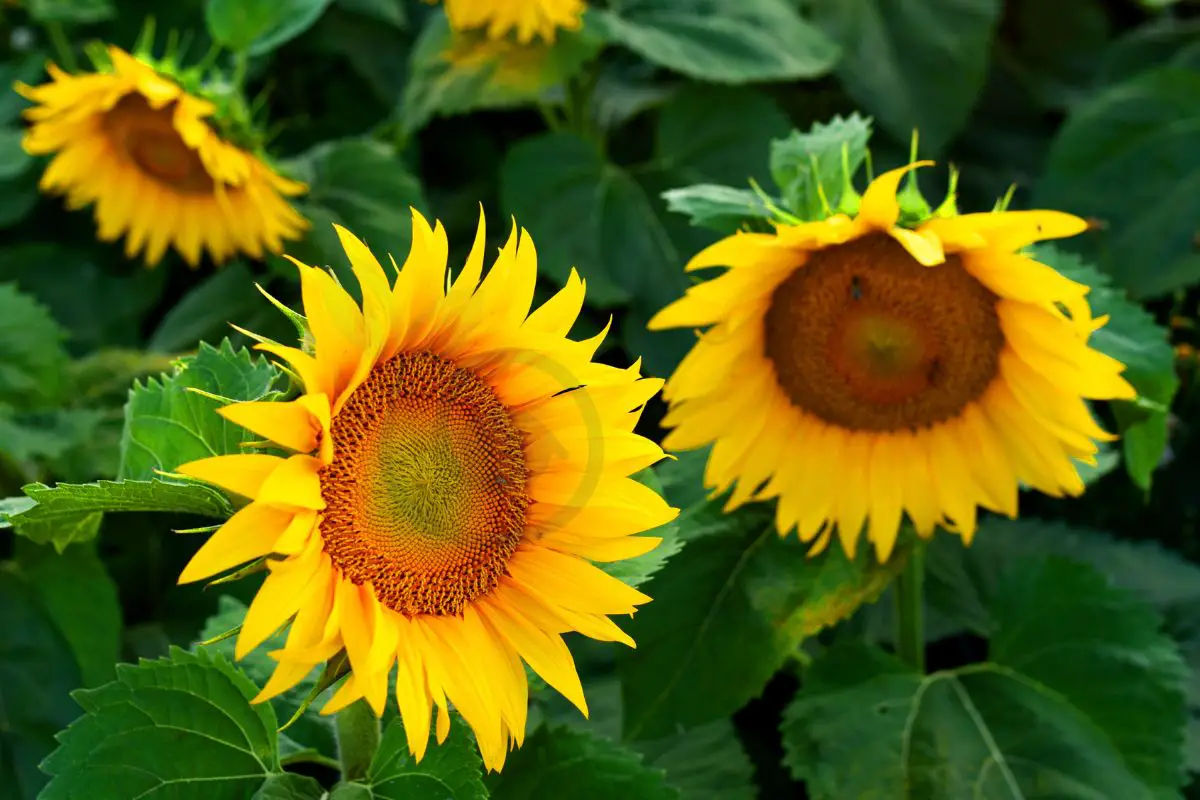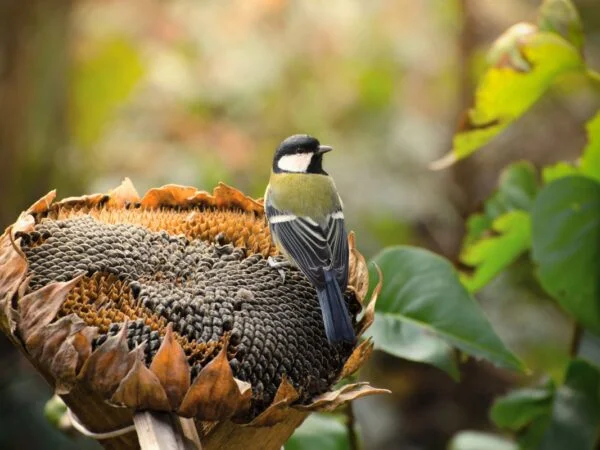Harvesting sunflower seeds marks the culmination of a vibrant journey from seed to flowerheads. As the golden flowerheads fade and the plant droops, it's time to turn your attention to the sunflower varieties and the seeds within. The contrast between the sunny, towering flowerheads and the humble yet nutritious seeds they yield is remarkable.
The process of harvesting sunflower seeds involves timing the flowerheads just right – not too early when they're still green and not too late when birds or squirrels beat you to it. In this post, we'll explore how to identify the timing for harvesting, ensuring you reap nature's bounty at its peak. From gauging seed maturity to practical tips for gathering and storing these garden treasures, oil seeds and dry sunflower seeds, we've got you covered.
Understanding Sunflower Harvest Time
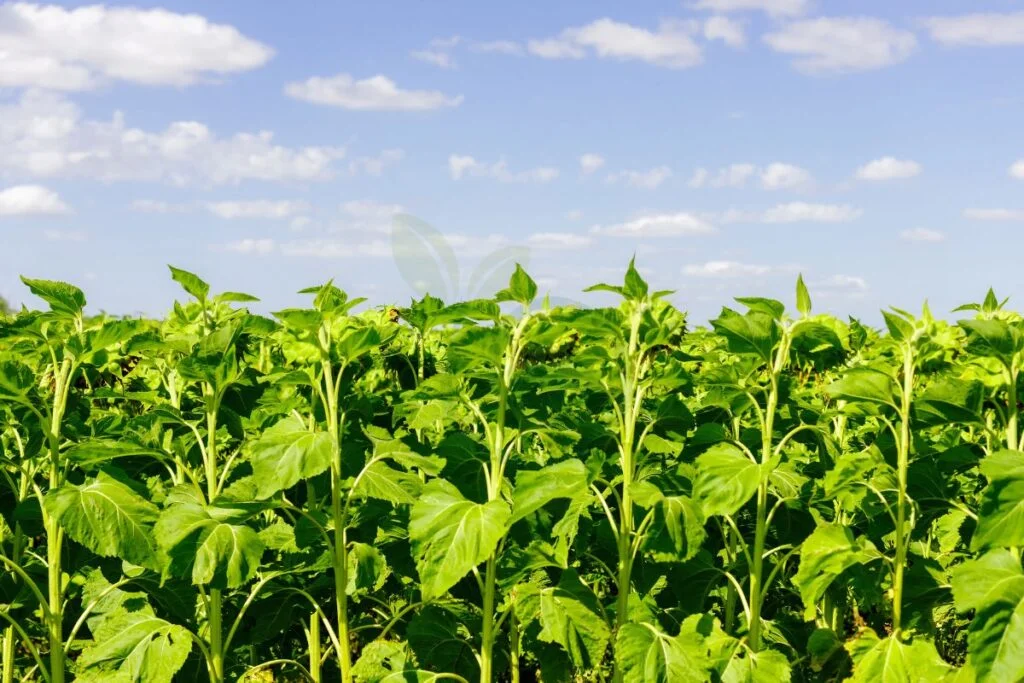
Optimal Harvest Season
Late summer to early fall is the best timing to harvest sunflower seeds. It's crucial to wait until the back of the sunflower head turns brown before harvesting. This indicates that the seeds are fully mature and ready for harvest. It's essential to monitor the weather for dry conditions before harvesting as wet conditions can lead to moldy or rotten seeds.
Once you observe that most of the flower heads have turned brown and dry, it's time to start monitoring them more closely. Check if the bracts (the small leaves on the backside of a sunflower head) have started drying out and turning brown. If so, this is a good indication that they're ready for harvest.
Signs of Readiness
When determining whether sunflower seeds are ready for harvesting, look for drooping, yellowing leaves as a sign that they're mature enough. The flower head will become heavy and start to droop when it's filled with mature seeds. Moreover, keep an eye on changes in color – if you notice that the back of the sunflower head has turned from green to yellow or brown, this signals that it’s time to harvest.
It's important not only to rely on visual cues but also physical ones; gently rub some of these flowers between your hands; if they feel hard and plump rather than soft or moist inside their shells then go ahead with picking them off!
Sunflower Varieties
There are various types of sunflowers available such as giant, dwarf, or colored varieties which offer different seed sizes and flavors. Depending on your preference in terms of flavor profile or intended use (e.g., snacking vs oil production), you might choose from specific varieties tailored for these purposes.
Some gardeners may want specific characteristics in their harvested sunflower seeds, such as thicker shells which provide better protection against pests during storage while others may be interested in unique flavor profiles offered by different varieties.
Preparing for Harvest
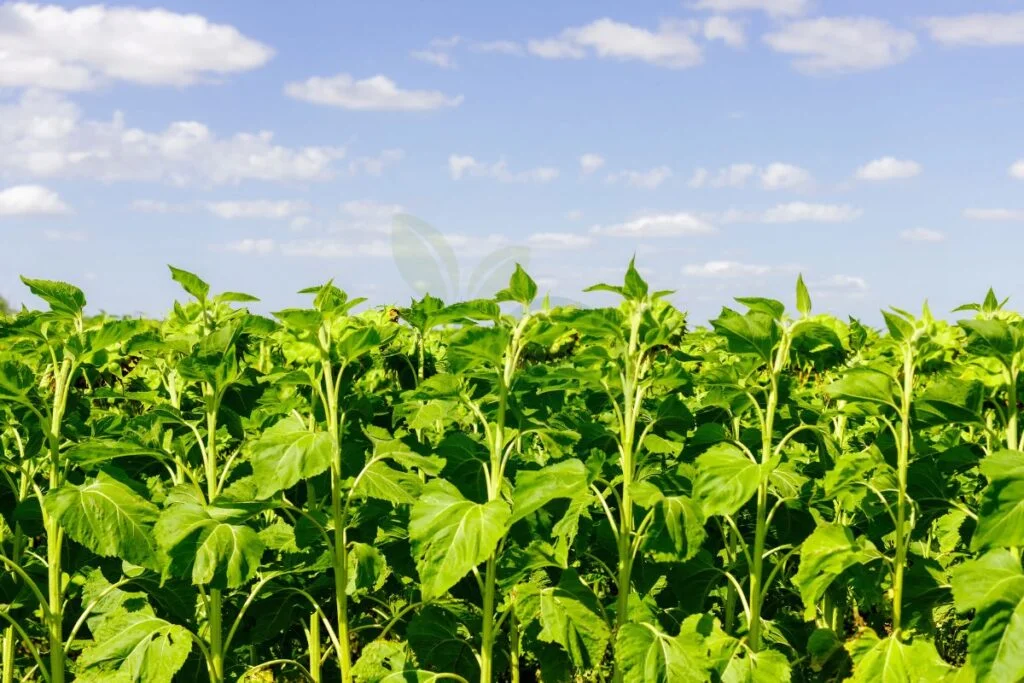
Tools Required
To prepare for harvesting sunflower seeds, gather pruning shears or sharp scissors to cut the sunflower heads. You will also need a bucket or large container to collect the harvested sunflower heads. Prepare a drying rack or screen for air-drying the sunflower heads after harvest.
It's essential to have clean, sharp tools when cutting the sunflower heads to prevent damage to the seeds during this process. By using a bucket or large container, you can conveniently collect and transport the harvested sunflower heads. The drying rack or screen will facilitate proper air circulation during the drying phase.
Cutting Techniques
When it comes time to harvest your sunflowers, ensure that you cut each sunflower head with a few inches of stem attached. This makes handling easier during both drying and seed removal processes. It is crucial to select an appropriate time for cutting - ideally in the morning after any dew has dried but before the heat of the day sets in.
Harvesting for Different Purposes
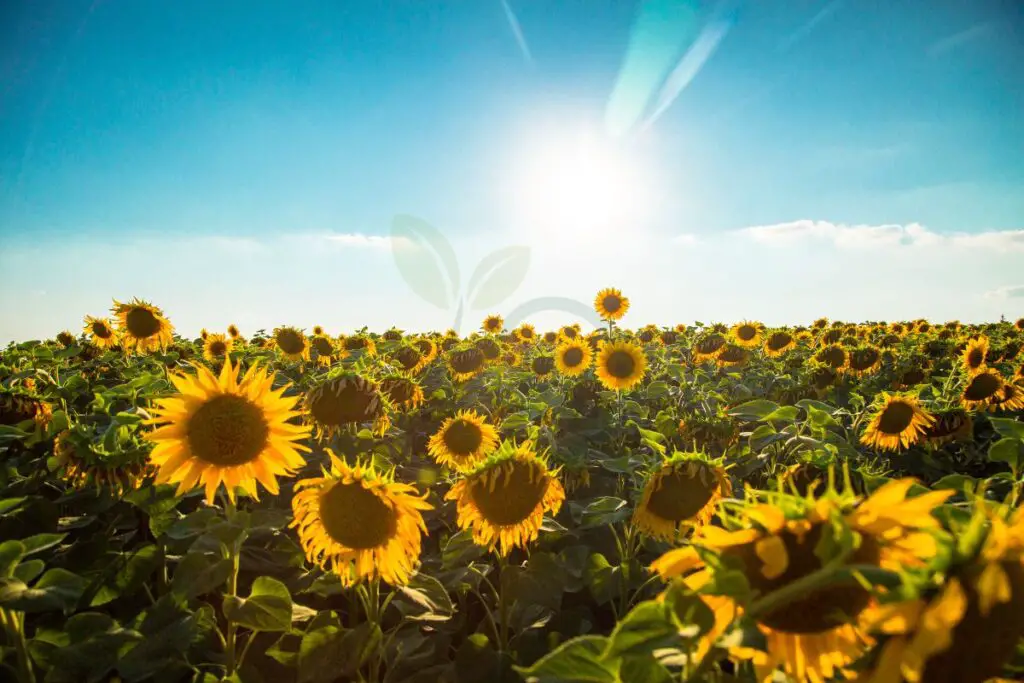
Eating
Sunflower seeds are versatile and can be consumed in various ways. Whether you prefer them raw, roasted, or as an ingredient in recipes, sunflower seeds offer a nutritious and delicious addition to your diet. Enjoy a handful of raw sunflower seeds as a quick and healthy snack, or sprinkle them over salads for added crunch and flavor. You can also incorporate these nutrient-dense seeds into baked goods like breads and muffins to enhance their nutritional profile with high protein and healthy fats.
The options are endless. From using them as toppings on yogurt or oatmeal to blending them into homemade granola bars or energy balls, these tiny powerhouses of nutrition add both taste and health benefits to your favorite dishes.
Planting
To ensure a successful harvest of sunflower seeds for consumption purposes, it's essential to start with proper planting techniques. Sunflowers thrive in well-drained soil with plenty of sunlight for optimal growth and seed production. After the last frost date in your area has passed, sow the sunflower seeds directly into the ground at the recommended spacing for their specific variety.
By providing adequate space between each plant based on its variety's requirements, you allow room for proper development without overcrowding that could hinder seed production. Proper planting sets the stage for healthy plants that yield abundant quantities of ripe sunflower heads ready for harvesting when fully matured.
Roasting
For those who enjoy the savory crunchiness of roasted sunflower seeds, knowing how to roast them properly is key. Preheat your oven to 300°F (150°C) before spreading out the raw seeds on a baking sheet in a single layer. To infuse extra flavor into the seeds during roasting, consider adding seasonings such as salt, paprika, or garlic powder before placing them in the oven.
During roasting at 300°F (150°C), stir occasionally every 10-15 minutes until they achieve an even golden brown color throughout—typically taking around 30-40 minutes total cooking time depending on batch size—for perfectly roasted sunflowers! Once done roasting; allow ample time for cooling before storing or consuming so they retain their ideal texture and taste.
Feeding Birds
In addition to human consumption purposes; unharvested sunflowers, left intact during winter months provide valuable food sources specifically catered toward birds' dietary needs through colder seasons when natural food supplies may be scarce.
Harvesting and Drying Process
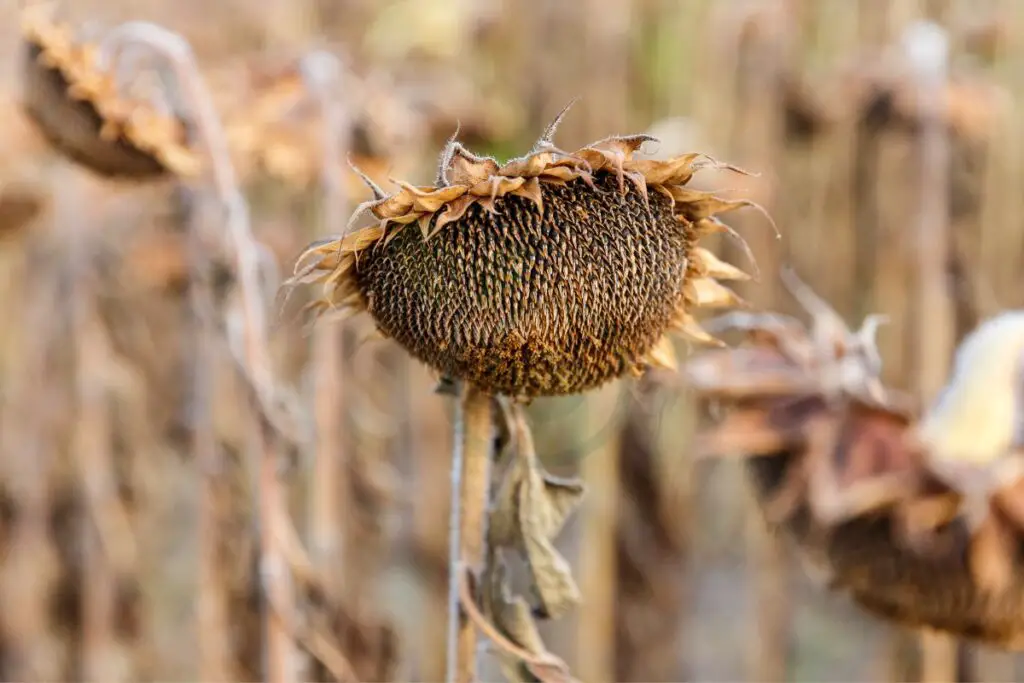
Cutting and Hanging
To harvest sunflower seeds, you should begin by cutting the mature sunflower heads with a few inches of stem attached. You can use sharp scissors or pruning shears for this task. Once harvested, it's essential to hang the sunflower heads upside down in a warm, dry place that has good air circulation. This will help in the drying process. You can use twine or hooks to hang multiple sunflower heads together while they are drying.
After harvesting for different purposes, such as using the flowers for decoration or extracting seeds for consumption, it's crucial to ensure that the drying area is well-ventilated. Proper ventilation helps prevent mold growth and ensures that the seeds dry thoroughly.
Removing Seeds
When removing sunflower seeds from dried sunflower heads, you can rub two dried sunflower heads together to release the seeds easily without causing any damage to them. Another method involves gently tapping dried sunflower heads against a hard surface to loosen and collect the seeds effectively. It's advisable to wear gloves while removing theseeds in order to avoid getting sticky residue on your hands.
Preserving Sunflower Seeds
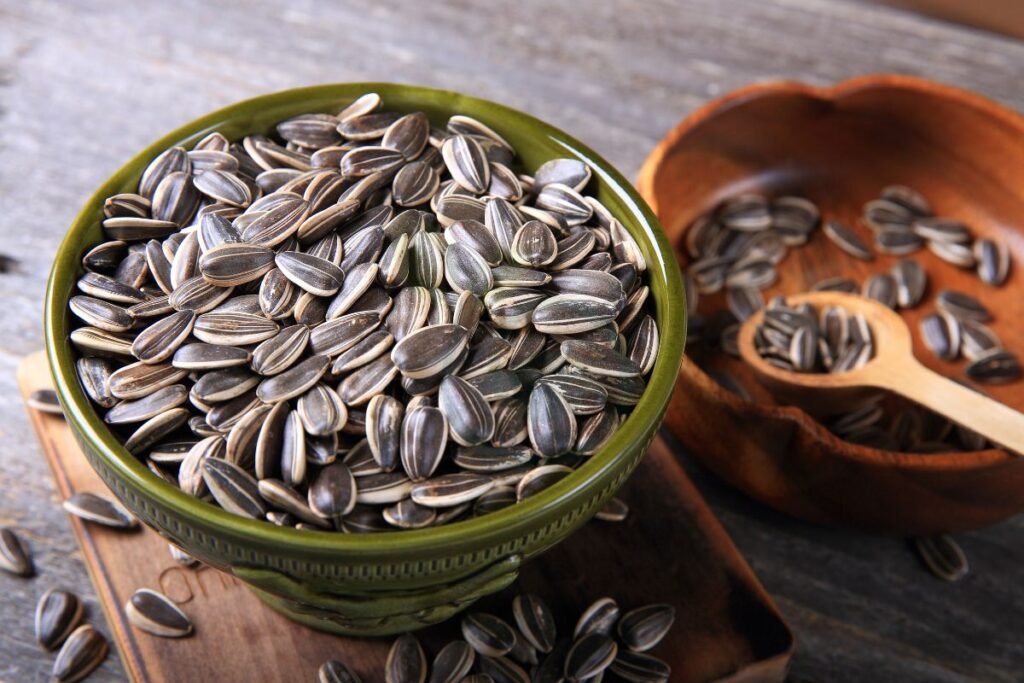
Drying Methods
After harvesting sunflower heads, the drying process is crucial for preserving the seeds. Hanging them upside down in a well-aerated area is an effective method. This allows air to circulate around the sunflowers, aiding in the drying process. It's important to avoid direct sunlight during this stage as it can affect the quality of the seeds.
Another option is to place harvested sunflowers on a screen or mesh surface for drying. This method also ensures proper air circulation and prevents mold growth. It's essential to steer clear of humid or damp conditions when drying sunflowers as these conditions can lead to mold formation.
Storage Tips
Once the sunflower seeds are fully dried and de-seeded, proper storage methods are necessary to maintain their freshness. Storing them in an airtight container at room temperature helps preserve their flavor and nutritional value over time. The container should be kept away from moisture, light, and heat which can compromise the quality of the stored seeds.
When storing your sunflower seeds, remember that exposure to moisture can cause them to spoil quickly while direct light and heat may lead to rancidity. Therefore, keeping them in a cool dark place will ensure they remain fresh for longer periods.
Simple Recipe
Preserved sunflower seeds offer numerous culinary possibilities beyond snacking alone; they can be incorporated into various recipes such as salads or used as toppings for yogurt or oatmeal bowls.
Roasting Sunflower Seeds
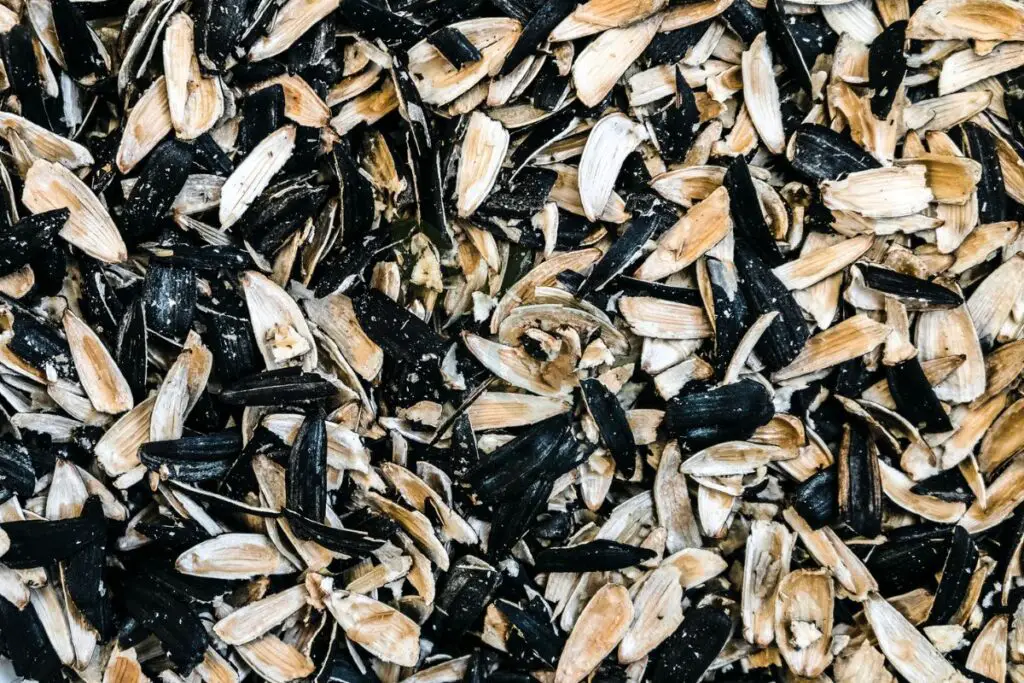
Simple Recipe
Harvesting sunflower seeds at the right time is crucial. Wait until the back of the sunflower's head turns brown and the petals start to dry out. Cut off the flower heads with a few inches of stem remaining, then hang them upside down in a warm, well-ventilated area for about two weeks. Once they are thoroughly dry, rub or thresh the dry sunflower seeds from the heads.
After harvesting and drying your sunflower seeds, you can roast them for a delicious snack. Start by preheating your oven to 300°F (150°C). Spread an even layer of sunflower seeds on a baking sheet and bake for around 30 minutes, stirring occasionally to ensure even roasting. Let them cool before enjoying your homemade roasted sunflower seeds.
Feel free to experiment with different seasonings like sea salt, garlic powder, chili flakes, or honey for sweet options. Toss the freshly roasted sunflower seeds in these seasonings while they're still warm so that they stick better.
Flavor Variations
For those looking for more adventurous flavors when roasting their harvested sunflower seeds, consider adding ingredients such as cinnamon and sugar for a sweet treat or cayenne pepper and paprika for some heat. Another popular option is adding a touch of maple syrup before roasting which gives them a delightful sweetness once baked.
The key lies in experimenting with various combinations until you find your favorite flavor profile that suits your taste buds perfectly.
Nurturing Sunflowers for Better Yield
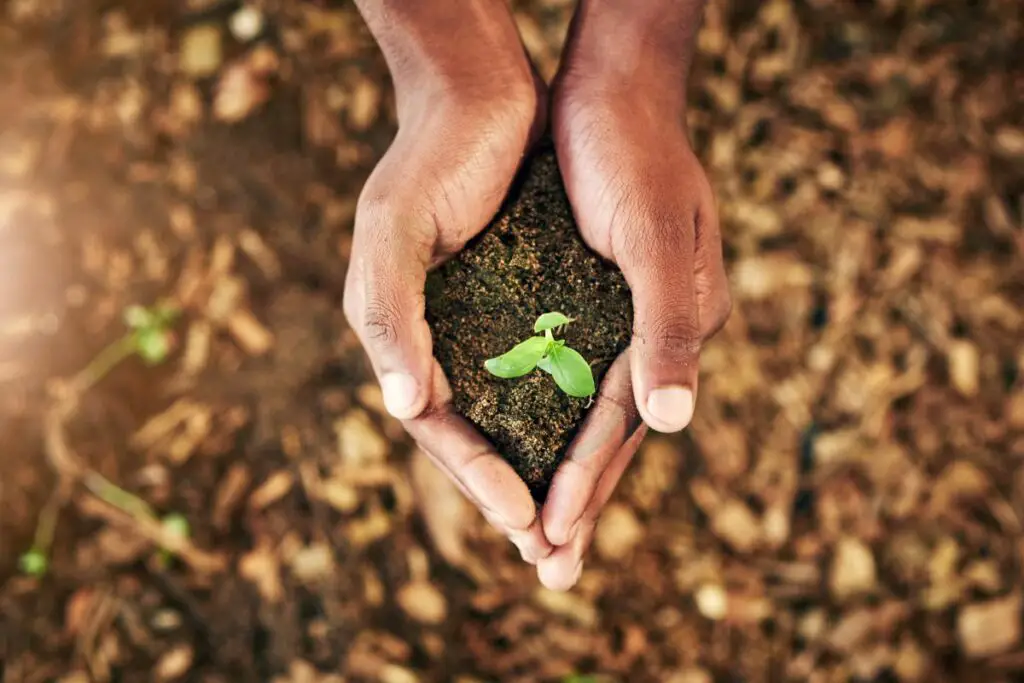
Soil Preparation
To ensure a successful sunflower harvest, it's crucial to start with the right soil preparation. Sunflowers thrive in well-drained soil with good fertility. Before planting, loosen the soil and add organic matter such as compost or aged manure to improve its quality. This will provide essential nutrients for the sunflowers to grow strong and healthy roots.
When preparing the soil, it's important to consider the pH level. Sunflowers prefer slightly acidic to somewhat alkaline soil with a pH range of 6.0 to 7.5. Testing your soil's pH can help determine if any amendments are necessary before planting sunflower seeds.
It's also beneficial to space out sunflower plants adequately during planting, ensuring they have enough room to grow without competing for resources like water and nutrients from the soil.
Watering and Care
Proper watering and care are vital throughout the growth stages of sunflowers. After planting, it is essential to keep the soil consistently moist but not waterlogged until germination occurs. Once established, young sunflower plants require regular watering, especially during dry periods.
As they mature, adult sunflowers become more drought-tolerant but still benefit from occasional deep watering when there is insufficient rainfall.
In addition to watering, providing adequate sunlight is crucial for healthy growth and flower production in sunflowers. They generally require at least six hours of direct sunlight per day.
Regular inspection for pests or diseases is also an integral part of caring for growing sunflowers as these issues can significantly impact plant health and seed development.
Saving Seeds for Future Planting
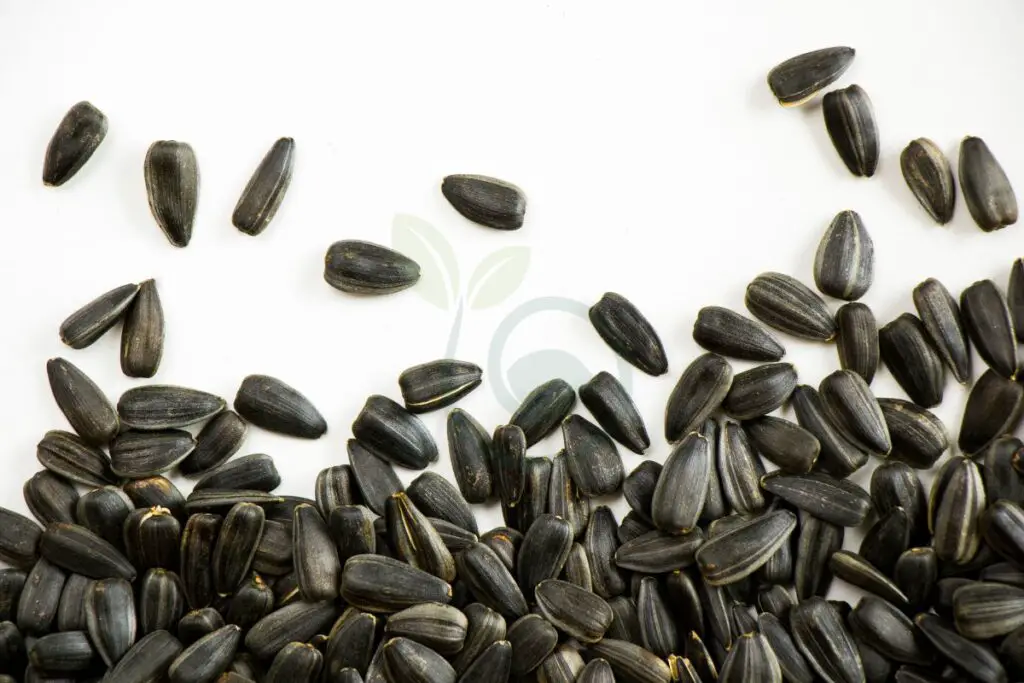
Selecting Seeds
To harvest sunflower seeds, wait until the back of the flower's head turns brown or yellow. Then, cut the head off and hang it upside down in a warm, dry place to finish ripening. Once completely dry, use your hands to rub the seeds out of the head.
When choosing which seeds to save for future planting, opt for those from healthy and robust sunflowers. Look for flowers that have grown well without any issues like disease or pests. By selecting seeds from these strong plants, you increase the likelihood of producing thriving sunflowers in subsequent seasons.
It's important to remember that hybrid varieties may not produce true-to-type offspring if their seeds are saved and planted. Therefore, focus on saving seeds from open-pollinated or heirloom sunflower varieties if you intend to replant them in your garden.
Storing Techniques
Proper storage is crucial. After harvesting and thoroughly drying the seeds, store them in a cool, dark place with low humidity levels. Airtight containers such as glass jars work well for this purpose.
Ensure that the stored seeds are kept away from moisture and direct sunlight as both can compromise their viability over time. Label each container with information about the specific variety of sunflowers contained within it along with its harvest date.
To maintain optimal seed quality, aim to use up your saved sunflower seeds within one year of harvesting them. This helps ensure that they remain viable enough for successful germination when planted again.
Tips for Growing and Harvesting
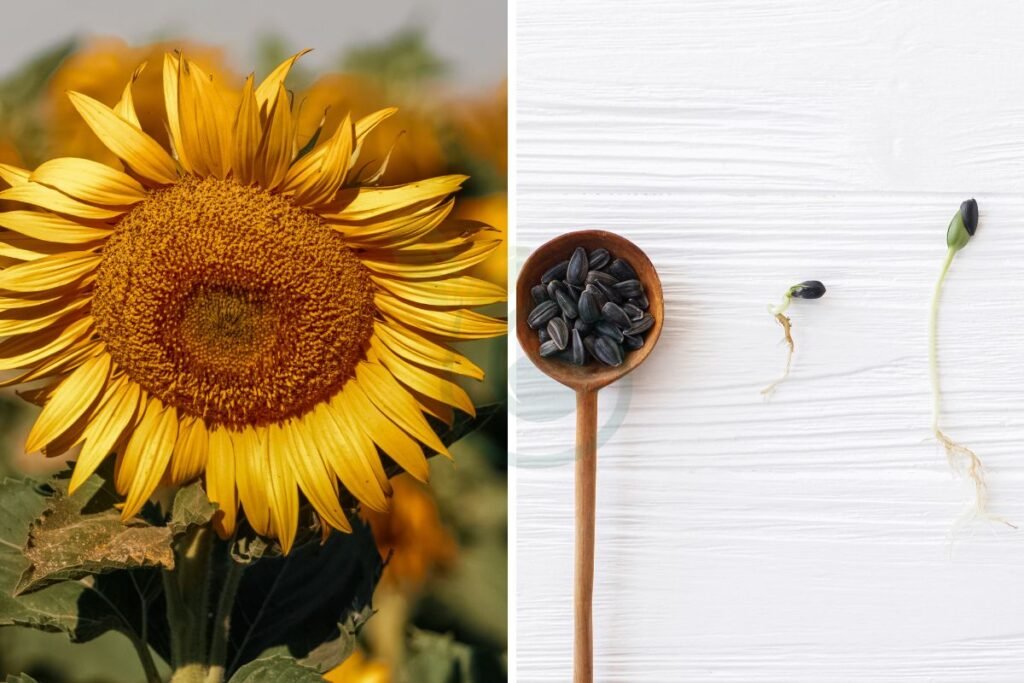
Seasonal Tips
Sunflowers are typically ready for harvest in the late summer or early fall, usually around 120 days after planting. You can tell they are ready when the back of the flower's head turns yellow, and the leaves on the plant start to turn brown. This is a sign that the seeds have fully developed and are ready to be harvested.
When you notice these signs, it's best to check if the petals have dried up and fallen off. If so, gently rub your hand over the face of each sunflower to see if any seeds come off easily. If they do, it means they're ripe for harvesting; if not, give them a few more days before checking again.
It's essential to keep an eye on weather forecasts as well. If there is rain in the forecast during this time, consider covering your sunflowers with a breathable fabric like cheesecloth or burlap sacks. This will protect them from getting too wet and potentially molding while still allowing air circulation.
Harvesting Tips
To harvest sunflower seeds properly, use sharp scissors or pruning shears to cut each flower head from its stalk once it has turned completely brown. Then hang them upside down in a warm, dry place such as a garage or shed until they are fully dry. Once dry, you can remove the seeds by rubbing two flower heads together over a bowl or using your fingers to pluck them out one by one.
Another method involves placing several seed heads inside a paper bag with plenty of ventilation holes punched into it. Hang this bag in a warm area until everything is thoroughly dry; then shake it vigorously every couple of days until all of those delicious seeds fall out naturally.
After gathering all your sunflower seeds, store them in an airtight container away from direct sunlight at room temperature—this will prevent spoilage while preserving their freshness for future use.
Summary
Congratulations on reaching the end of our sunflower seed harvesting journey! You've learned about the critical factors for determining the best time to harvest, the various purposes for harvesting, and the essential steps for preserving and roasting sunflower seeds. Remember, nurturing your sunflowers is key to a bountiful yield, and saving seeds for future planting ensures a continuous cycle of growth. As you venture into growing and harvesting sunflowers, keep in mind the tips shared here to optimize your harvest.
Now armed with this knowledge, go out there and put it into practice. Experiment with different harvesting techniques, try out new preservation methods, and savor the fruits of your labor. Whether you're a seasoned gardener or just starting out, there's always something new to learn in the world of sunflower seed harvesting. Happy harvesting!
Frequently Asked Questions
When is the best time to harvest sunflower seeds?
The best time to harvest sunflower seeds is when the back of the flower turns brown, and the petals start to fall off. The seeds should be firm and plump, with a black and white striped pattern.
How do I prepare for harvesting sunflower seeds?
Prepare for harvesting by gathering clean containers or bags for collecting the seeds, as well as gloves to protect your hands from prickly stems. Ensure that your tools are sharp and ready for cutting.
Can I use harvested sunflower seeds for different purposes?
Yes, harvested sunflower seeds can be used for various purposes such as consumption, planting next season's crop, or even crafting bird feeders.
What is the process of drying harvested sunflower seeds?
After harvesting, spread out the collected sunflower heads in a warm and dry area with good air circulation. Allow them to dry naturally until they easily release from their shells.
How can I preserve freshly harvested sunflower seeds?
To preserve freshly harvested sunflower seeds, store them in an airtight container in a cool, dark place like a pantry or refrigerator. This will help maintain their freshness and prevent spoilage.
Image Source: Paid image from CANVA

